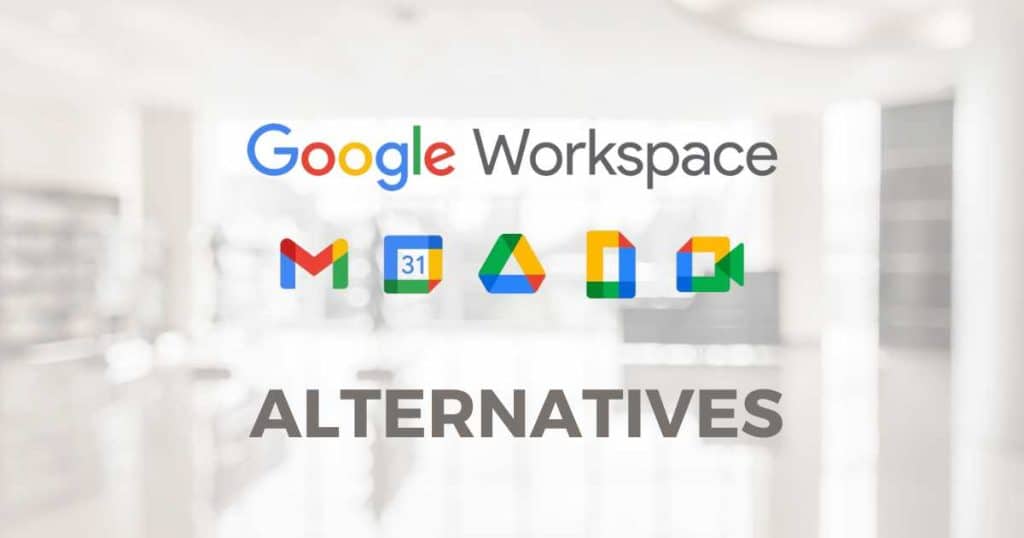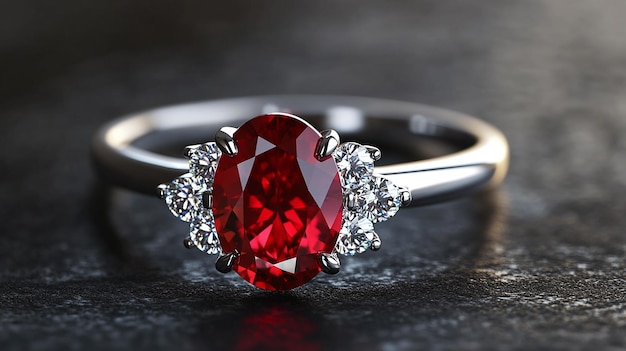
Many types of ecommerce site use web design services by an ecommerce web design company. You’ll be constructing a website for a voiceover artist one day, and the next, you’ll be working on an e-commerce site for a major store. As you progress, you should ultimately specialize in a specific area of interest in an ideal world. However, you must first master both approaches.
There is no one-size-fits-all solution in this profession, and you’ll realize this the more time you spend in it. However, there is a tremendous difference between the kinds of web design projects you execute for B2B clients and those for B2C consumers.
In order to be successful, a company’s website must appeal to the senses of both its B2B and B2C customers. All of them must have an emphasis on user experience, as well as consistency across all platforms. A better product for your consumers may be delivered when you understand the differences between B2B and B2C initiatives.
Defining the Differences Between B2B and B2C Sites
There are specific web design trends that never go out of style.
Your website has to be mobile-friendly, easy to use, and secure regardless of whether you’re designing a site for a hairdresser or a major SaaS firm.
Prototyping and wire-framing won’t change much from B2B to B2C in terms of project milestones and stages. You may notice a distinction between B2B and B2C initiatives because of how they are built.
To help you out, here are some things to keep in mind:
1. The Target Audience
Keeping the end-user in mind is always a good idea in any design endeavor. Having a clear understanding of your client’s target audience can help you establish an image and a voice that resonates with them.
- B2B Websites: This kind of website is best suited for businesses that are already well-versed in their product or service. The goal here is to show to the end-user how you can assist them in achieving their goals. In order to persuade B2B customers that they are making the correct choice, designers must work harder. With long-term investments like software subscriptions, this is especially true.
- B2C Websites: According to a recent study by Forrester Research, B2B consumers are more logical in their purchasing choices, whereas B2C customers are more emotional in their purchasing decisions. They’re looking for rapid fixes and the ability to buy from a company they feel “understands” their needs.
2. The Purpose
Why a client buys from a B2C website may differ from a B2B one. Understanding what motivates a target audience to engage with a business can help you design a website that meets their needs.
B2B Websites: A common purpose of business-to-business (B2B) websites is to ease firms’ financial and time constraints. In order to convince a decision-maker that a solution is viable, you must fully describe what the solution is, how it works, and what a particular pain point is addressed.
B2C Websites: Consumers are far more receptive to emotional appeal since they’re seeking a solution to an immediate problem. As a result, many site designers can leverage techniques like urgency and demand to boost sales.
Information that helps businesses make better-informed choices should be the primary emphasis of a B2B website. The decision-making process for B2B sites involves many parties, while B2C sites just involve a single person. Customers want a business-to-consumer website to answer their urgent requirements and connect with them. However, B2C buyers still want to do research on goods or services, but the turnaround time is considerably shorter and typically needs less information.
3. The Design Elements (Visual Appearance)
From a B2B to a B2C perspective, the aesthetic features of your website’s design may also be influenced by these differences in emphasis.
- B2B Websites: Most B2B websites are geared toward creating an image of professionalism and trustworthiness. In terms of font and images, you’ll notice a lot of obvious and safe choices. It’s rare to see a business-to-business website taking chances with things like animations and drawings.
- B2C Websites: In contrast, B2C websites might be more adventurous. The job of an ecommerce website designing company is made difficult because most clients purchase on the spur of the moment because of a pressing need or unexpected demand. This implies that on B2C sites, enormous pieces of eye-catching graphics with brief text are significantly more likely to be seen.
4. Website Content
On a B2B website, information is communicated differently than on a B2C site. Typically, the language used and the quantity of information used in these projects will be vastly different.
- B2B Websites: With B2B websites, you’ll need to consider about your content since you’ll be communicating with a wide range of customers. Using jargon is a no-no when your site caters to a variety of niches, so be careful not to overdo it. Some businesses designate various sections of their website for certain types of clients.
- B2C Websites: B2C websites may make life easier. Fashion websites don’t need to cater to a wide range of customers, since designers may target a certain demographic.
5. CTA Buttons
Designing a successful website typically causes the use of “Call to Action” buttons. However, deciding where and how many buttons to include may be a challenge.
- B2B Websites: B2B websites often use several calls to action (CTAs) since purchasing decisions rarely occur instantly. “Request Quote” and “Sign In” buttons are examples of common features on a website. B2B websites can allow for lower CTA placement since your consumers are more likely to be browsing the site for further information before making a purchase.
- B2C Websites: B2C websites normally don’t need as many alternatives for your visitors. “Add to Cart” or “Add Favorites” is all your user will require, and you need no more options. When a user lands on a page, they should be able to tell right away what action they should do next. For B2C clients, the sales cycle is much shorter. This implies that your call-to-action buttons must be prominently displayed as soon as a visitor arrives at your website.
6. Contact Forms
Designing your contact forms will also be influenced by the end-user your website is aiming to attract. A B2B website has a considerably different contact approach than a B2C one.
- B2B Websites: Contact forms on B2B websites are lengthier since customers need to know more about a potential customer’s position in a firm and what that business does. For a sales staff to know what sort of demonstration to deliver, B2B firms must exchange information, such as what kind of service they are looking for and how many users they have. As with any contact form design technique, simply provide the fields that your customer needs and add nothing else. It’s possible that you’ll drive customers away if you put too much pressure on them.
- B2C Websites: Contact forms may take a variety of formats on a B2C website. On your website, you may include a dedicated contact form where visitors may get in touch if they have any queries. Your client’s FAQ page is a terrific method to differentiate yourself from the competition. Alternatively, if your customer wishes to gather email addresses for email marketing purposes, you might include pop-up contact forms on a website. If that’s the case, you’ll want to be cautious about requesting more information than you really need. Customers are more likely to sign up for a newsletter if it is made simple for them to do so. Signing up for a service will seem less time-consuming if the user just has to give their name and email address.
Conclusion:
The field of ecommerce design website is one where no two consumers are the same. You will need to change your operations to meet the needs of each client you engage with, but by recognizing the distinctions between B2B and B2C methods, you can establish your expectations in advance.



